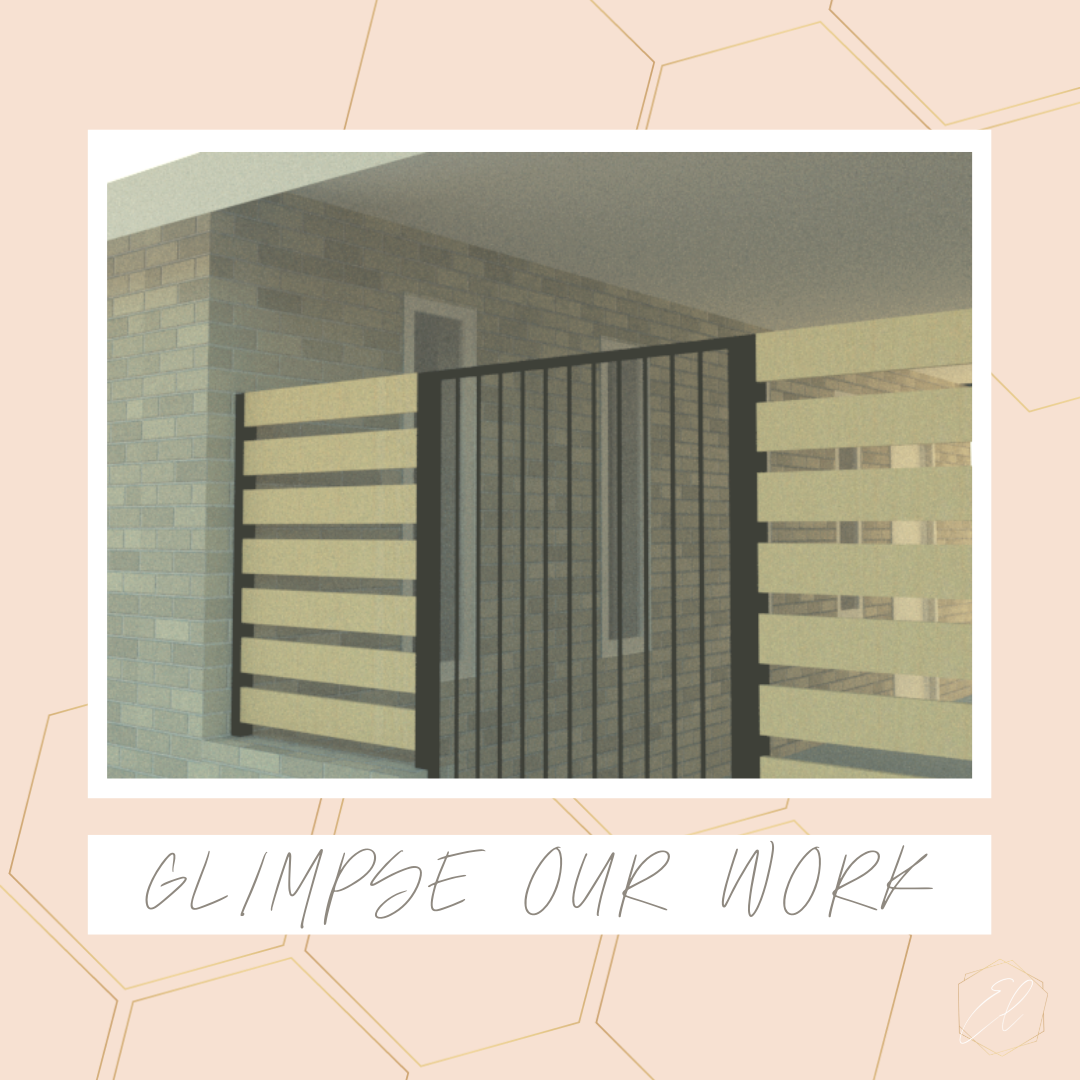Housing has been an economic bright spot amid the COVID-19 pandemic, but it can't lead the economy forward without building materials, which are either scarce or expensive. Builders are trying to avoid pricing consumers out of the housing market, but for them to be competitive, they must use their limited resources wisely. They're trying hard not to price their customers out.
If you are thinking about building a house but are apprehensive because of the rising material costs, this blog post will help you navigate your decision.

How Rising Material Costs Affect Housing Affordability
Rising material costs make building supplies more expensive, which in turn translates to higher construction costs. That, in turn, translates to a less affordable housing market.
In a free market, any price hike that makes one good or service more expensive relative to others will make it less competitive in the marketplace. Builders, for their part, can't absorb the cost increase; they'll need to pass it on to the consumer.
The Cost Approach
Luckily, the cost approach enables builders to find the optimum building materials mix to minimize cost and weight within the context of current market conditions.
This approach includes:
1 - The Sales Comparison
This means taking a look at the current market conditions. You will have to look at many factors such as land prices, margins, labor rates, per square foot and labor rates, permit costs and even waste disposal, water, and electricity costs.
2 - Cost
This factor refers to the cost of building materials, including the cost of shipping, handling, and any other surcharges. You'll want to look at the unit cost of each material you intend to use.
.


3 - Income Method
This refers to the income you expect to make after accounting for your costs and the cost of labor. Your expected income will determine your profitability as well as your ability to continue operating.
You also have to consider profit margins, as well as the cost of labor. If a material is not competitive at a given price point, you'll need to look at using less of it to make up for the cost.
.
Renovating vs. New Construction
When it comes to determining what materials to use, new construction is different from renovation.
When you're building an entirely new house, you have more flexibility. You can choose the materials that can make your house less expensive to build and maintain. The decision should weigh on your budget and time constraints for the building project.
Conclusion
If you're building a new house or even a renovation, you should get the help of experienced builders and architects who can help you find the materials with the best price-performance ratio. These professionals should then be able to help you consider the prices and availability of building materials as you plan them. When they are doing their part, you can do your part by staying abreast of the latest market trends. This way, you can find the most appropriate building material to meet your needs!
Work with one of the top architects in boulder, Ellen Lind! I'm a residential architect in Boulder, Denver, Westminster, and Arvada, ready to help you with your build!
